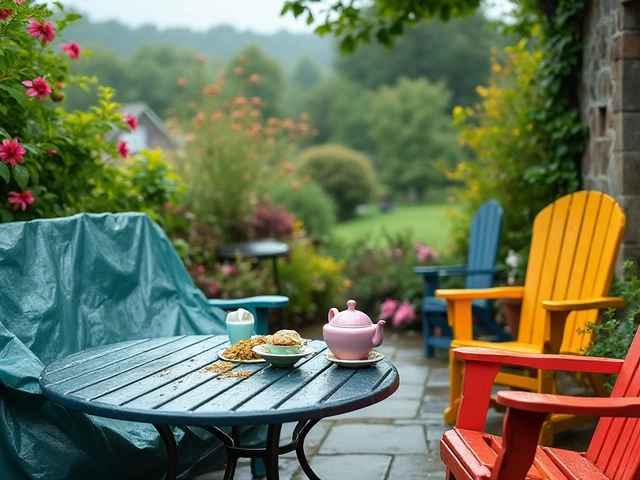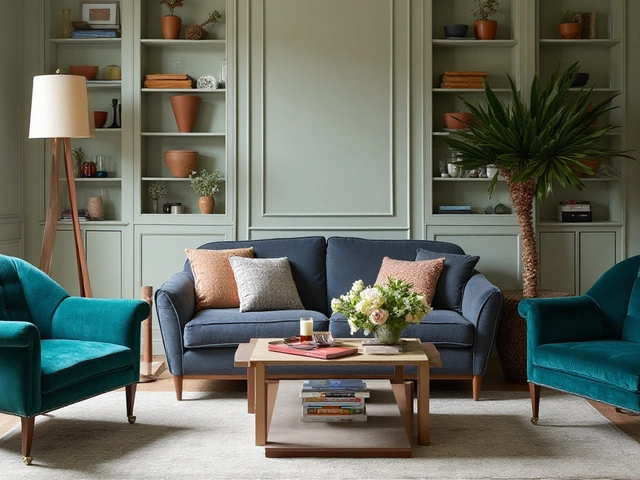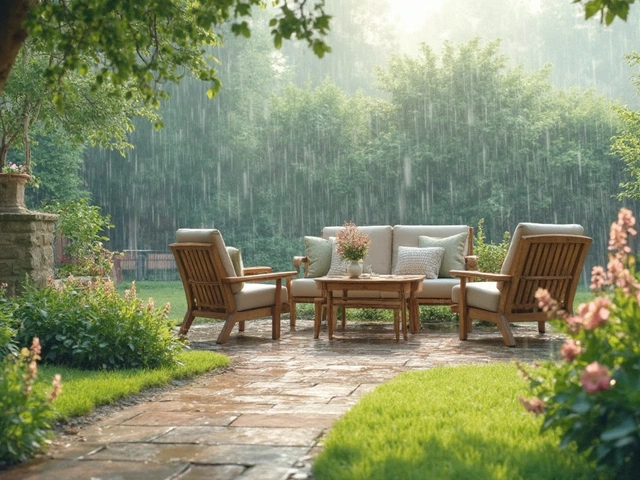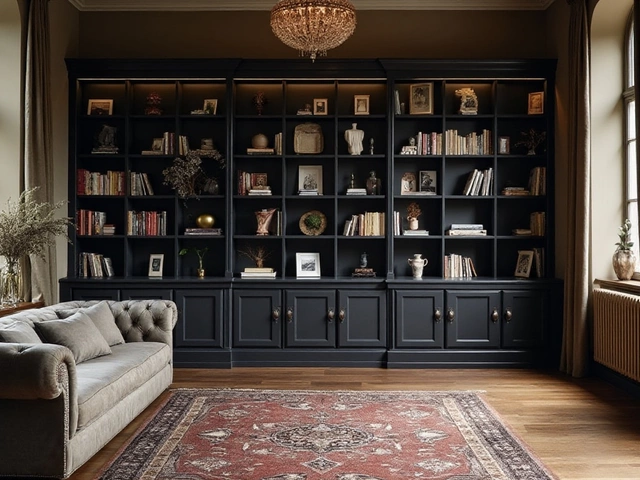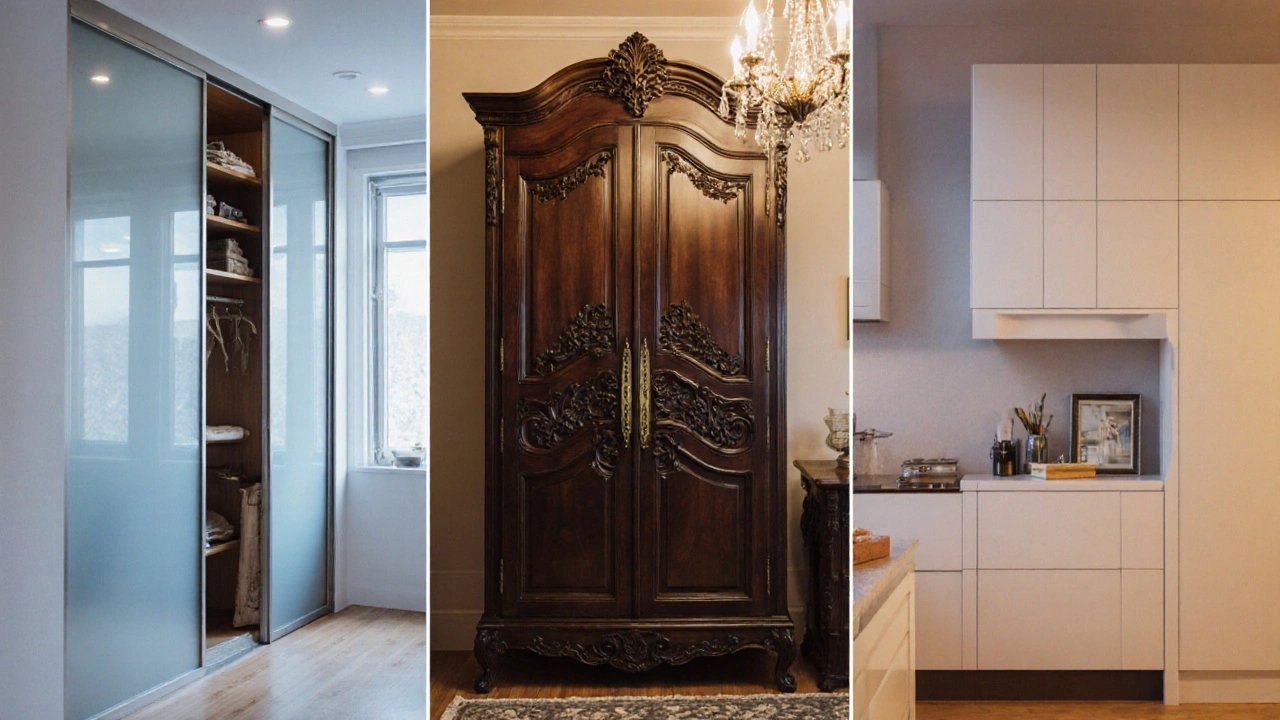 9
Oct,2025
9
Oct,2025
Wardrobe Synonym Selector
Recommended Synonym:
Why This Fits:
Synonym Reference Guide
Closet
Built-in storage, often walk-in
Armoire
Freestanding, decorative cabinet
Cupboard
Simple storage, kitchen-oriented
Vestiaire
Formal changing room, French origin
Locker
Lockable compartment, institutional
Chest
Low profile, hinged lid
Key Takeaways
- "Closet" and "armoire" are the two most common wardrobe synonym choices.
- Regional preferences: "closet" dominates US English, while "armoire" feels more European.
- Use "cupboard" for built‑in storage and "vestiaire" for formal or historic settings.
- Each term carries a subtle nuance-choose based on space type and tone.
- Practice the alternatives in sentences to avoid repetition in writing.
Ever found yourself repeating the word wardrobe is a piece of furniture used for storing clothes, often with hanging space and shelves. It dates back to 14th‑century Europe where it doubled as a room divider and a place to keep valuables. Whether you’re drafting a blog, polishing a interior‑design brief, or just talking with friends, swapping it out for another term can keep your language fresh. Below we break down the most useful alternatives, show when each fits best, and give handy examples so you’ll never be stuck on the same old word again.
Why Look for a Replacement?
Using the same word over and over makes any text feel flat. More importantly, each synonym adds a shade of meaning that can shape a reader’s image. A "closet" suggests a built‑in, often walk‑in space; an "armoire" conjures a freestanding, decorative piece; a "cupboard" feels more utilitarian. Picking the right one helps your description match the style, size, and setting you have in mind.
Most Common Alternatives
Here’s a quick rundown of the top six words you can use instead of wardrobe. The list is ordered by how often people replace the term in everyday English.
- Closet is a built‑in storage area, typically found in bedrooms or hallways. It often includes a door and can be walk‑in.
- Armoire is a tall, freestanding cabinet with doors, usually ornate, originating from French interiors.
- Cupboard is a general term for a storage cabinet, often with shelves, used in kitchens or utility rooms.
- Vestiaire is a French word that refers to a cloakroom or changing area, giving a formal or historic feel.
- Locker is a small, lockable compartment, common in schools, gyms, or workplaces.
- Chest is a low, often wooden storage box with a hinged lid, used for folded clothing or linens.
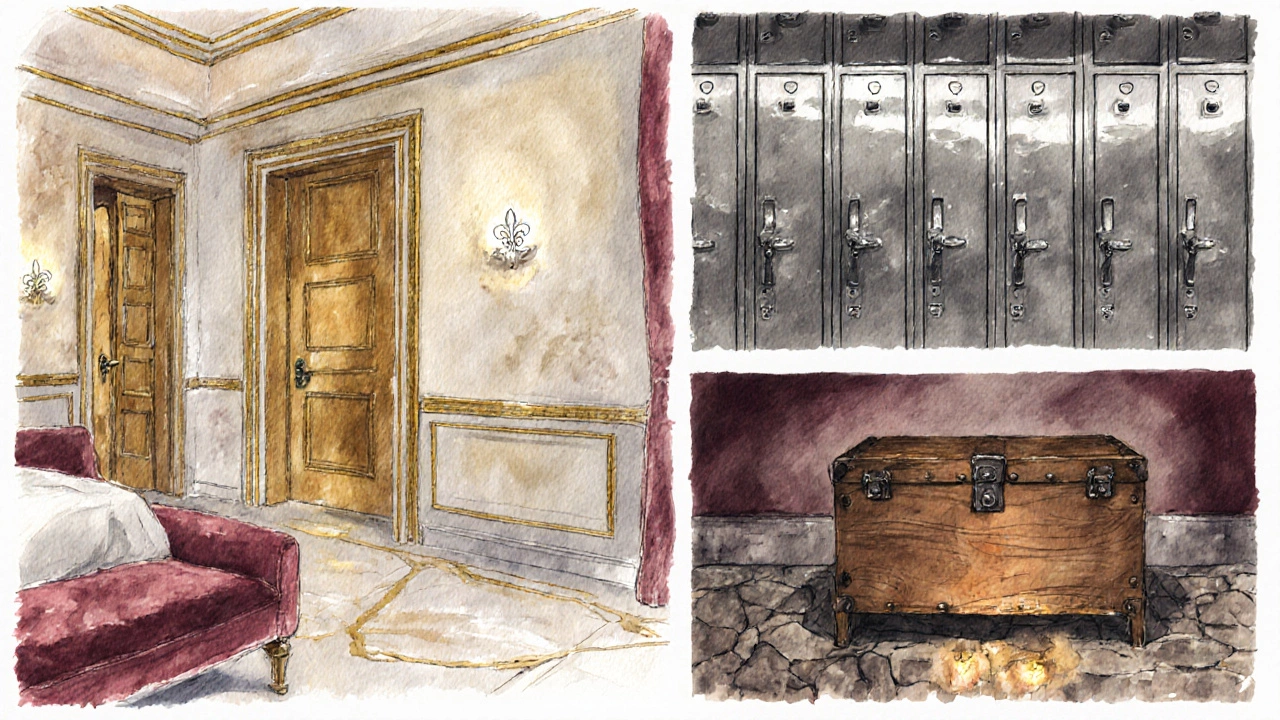
Nuance Breakdown
Choosing the right word isn’t just about variety-it’s about matching tone and function. Below is a comparison that highlights formality, typical placement, and visual impression for each synonym.
| Word | Formality | Typical Setting | Key Visual Cue |
|---|---|---|---|
| Closet | Casual | Modern homes, walk‑in spaces | Built‑in, sliding or hinged doors |
| Armoire | Formal / Decorative | Traditional or upscale interiors | Ornate panels, tall silhouette |
| Cupboard | Neutral | Kitchen, pantry, utility room | Simple doors, often shallow depth |
| Vestiaire | Very Formal / Historic | Hotels, museums, period dramas | Signage or brass hardware |
| Locker | Functional | Gyms, schools, corporate offices | Locking mechanism, metal construction |
| Chest | Rustic | Bedrooms, cottage‑style homes | Low profile, hinged lid |
When to Use Each Synonym
Below is a practical guide that tells you which word fits which scenario. Think of it as a decision tree you can run through in your head while writing.
- Describing a built‑in space - If the storage is part of the wall or a walk‑in area, go with closet. Example: "She organized her shoes in the walk‑in closet."
- Highlighting elegance or heritage - When the piece is a freestanding, decorative cabinet, choose armoire. Example: "The vintage armoire added a French‑country charm to the bedroom."
- Talking about kitchen or pantry storage - Use cupboard. Example: "All the spices live in the pantry cupboard."
- Referring to a formal coat‑room - Opt for vestiaire. Example: "Guests left their coats in the hotel vestiaire before the gala."
- Need a lockable compartment - Pick locker. Example: "He stored his gym bag in a locker at the community center."
- Describing a low‑profile storage box - Use chest. Example: "The linen chest sat at the foot of the bed, holding extra blankets."
Regional Preferences
In the United States, "closet" dominates everyday speech. In the UK, you’ll still hear "wardrobe" a lot, but "armoire" appears in design magazines to signal luxury. French speakers naturally use "vestiaire" for public changing rooms. Knowing the audience helps you decide which synonym feels natural.
Style Tips for Writers and Designers
- Mix formal and casual wisely. Pair a casual "closet" with a formal "armoire" only if you’re describing contrasting spaces in the same property.
- Avoid over‑technical jargon. Most readers won’t differentiate a "cupboard" from a "cabinet" unless you’re in a culinary context.
- Use adjectives to add flavor. "Spacious walk‑in closet," "ornate mahogany armoire," or "metal locker" instantly paint a picture.
- Check for redundancy. If the surrounding text already mentions "room" or "space," you might not need to repeat "closet" or "wardrobe".
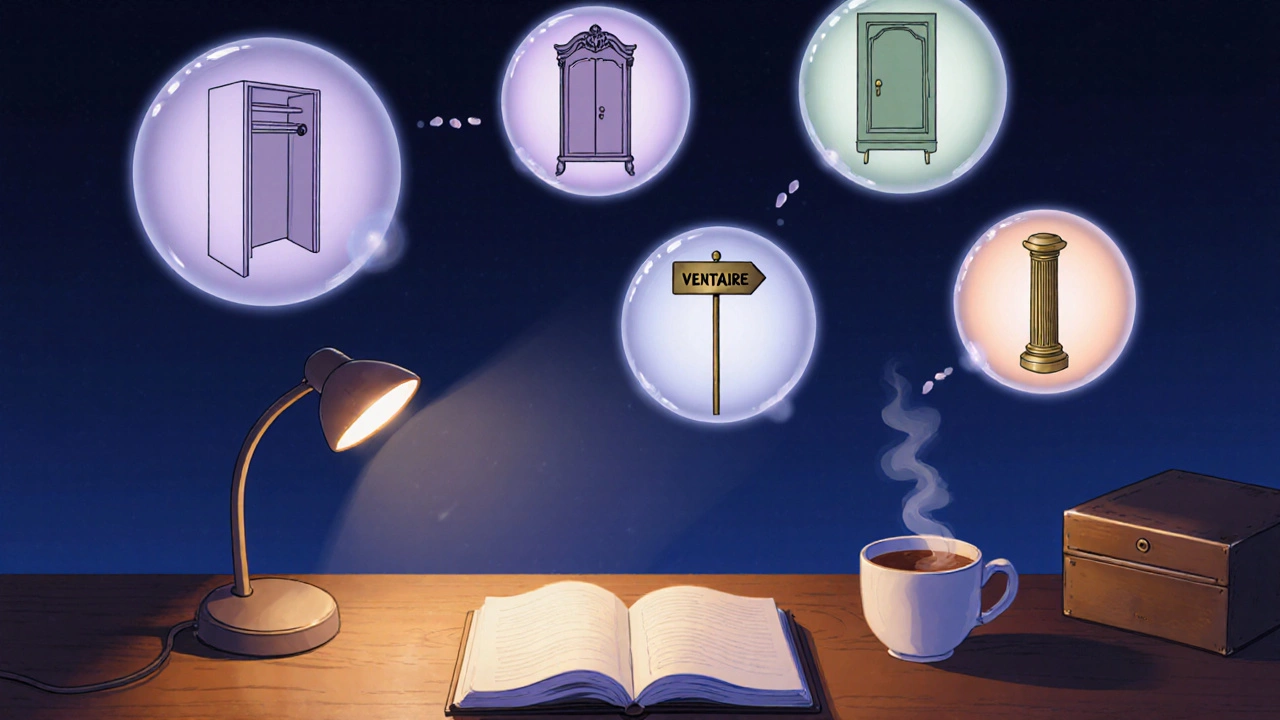
Common Pitfalls and How to Avoid Them
Even native speakers slip up. Here are three typical errors and quick fixes.
- Calling a built‑in walk‑in a "armoire". The term implies a freestanding piece, so stick with "walk‑in closet".
- Using "cupboard" for a bedroom storage unit. It sounds kitchen‑oriented; substitute "wardrobe" or "closet" instead.
- Mixing "locker" with home décor descriptions. "Locker" suggests institutional use; for home, choose "cabinet" or "armoire".
Practice Exercise
Try swapping out the word "wardrobe" in these sentences. Use the most suitable synonym based on context.
- "The ____ was painted a soft ivory, matching the walls." - (Hint: freestanding, decorative)
- "She kept her winter coats in the spacious ____ behind the hallway door." - (Hint: built‑in, functional)
- "The hotel staff directed guests to the ____ on the mezzanine level." - (Hint: formal public area)
Answers: 1) armoire, 2) closet, 3) vestiaire.
Wrapping It Up
Switching from "wardrobe" to a more precise term can sharpen your writing, improve SEO, and help readers visualise the space you describe. Remember the three quick rules: match the physical type, respect regional habits, and keep tone consistent. With the synonyms and examples above, you’ll never feel stuck on a single word again.
Frequently Asked Questions
Is there a difference between a closet and a wardrobe?
Yes. A closet is usually built into the wall and may be walk‑in, while a wardrobe is a standalone piece of furniture that you can move around.
When should I use the word “armoire”?
Use “armoire” when you want to convey an elegant, tall, freestanding cabinet-often with decorative panels or a vintage feel.
Can “cupboard” replace “wardrobe” in a bedroom description?
It’s possible, but “cupboard” usually sounds kitchen‑oriented. In a bedroom, “wardrobe,” “closet,” or “armoire” are clearer choices.
What does “vestiaire” mean in English?
“Vestiaire” is a French term for a cloakroom or changing area, often used in formal settings like hotels or theaters.
Are lockers considered a type of wardrobe?
Lockers are usually lockable compartments in public places. They serve a storage purpose but aren’t called wardrobes because they lack hanging space and the furniture aesthetic.
